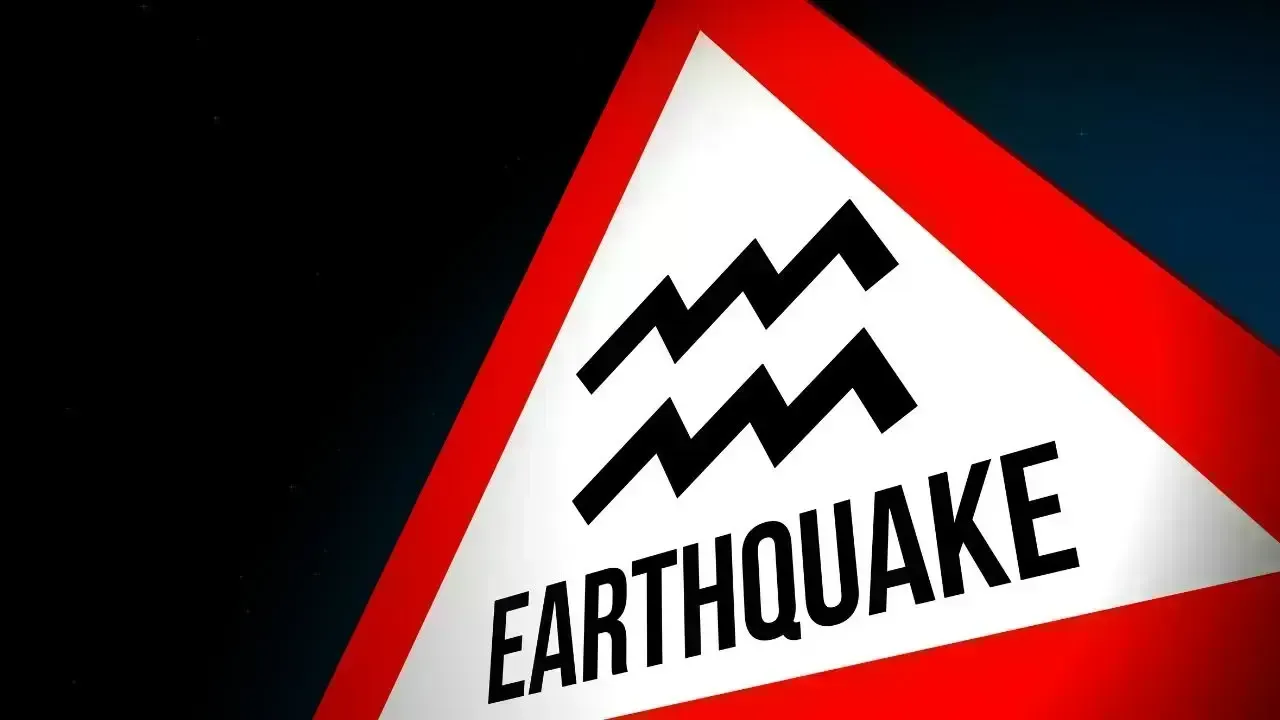
Post by : Anis Al-Rashid
The world of adventure travel is booming, incorporating activities like e-biking across rugged paths, canyoning through deep gorges, glacier treks, and back-country diving. This surge necessitates increased safety: managing challenging environments, adapting to new regulations, understanding diverse traveller needs, and ensuring reliable equipment poses new safety hurdles.
In response, 2025 sees the introduction of updated regulatory frameworks, enhanced certification standards, and accelerated gear innovations. For instance, a recent update in a coastal region of India mandates that water-sport companies comply with international safety standards and ensure staff training through rigorous location evaluations before launching tours.
This signifies a paradigm shift: safety in adventure travel is now about more than excitement—it's about accountability, professionalism, equipment dependability, and readiness for each adventure. For travel writers, guides, and operators, staying informed about these changes is vital.
In various locations, stricter certification requirements for adventure providers are coming into play. Activities such as rafting, paragliding, and mountaineering now require certified guides and up-to-date rescue protocols. Tourists should confirm that their providers comply with the latest standards.
The evolving safety guidelines now emphasize real-time risk assessments rather than static checklists. Before activities like zip-lining or paragliding, a thorough examination of the terrain, weather, rescue accessibility, satellite coverage, and local emergency services is essential, particularly in areas that are less regulated or newly explored.
The scrutiny on high-risk adventure gear is intensifying just like vehicle safety standards. Equipment such as helmets, ropes, drones, and flotation gear must adhere to stringent maintenance schedules and traceability standards, or operators risk losing their licenses or facing liability challenges.
Safety briefings have historically varied widely. New 2025 regulations now require operators to offer clear, documented briefings covering emergency protocols and hazards, ensuring that travellers are well-informed about potential risks and their responsibilities in maintaining safety.
The rising costs associated with rescues and specialized gear place insurance at the forefront of importance. Operators are now required to secure liability coverage, and in some instances, travellers will be asked to acknowledge risks through detailed waiver forms. Proof of insurance for healthcare and rescue may also be mandated for remote excursions.
Wearable technology is evolving beyond fitness tracking, emerging as vital safety devices. Heart rate monitors, GPS trackers with SOS alerts, satellite communicators, and real-time weather notices are now essential for serious adventurers. When trekking remote locations, connectivity and alerts can prove lifesaving.
The trend is shifting from cumbersome gear to advanced lightweight alternatives featuring impact sensors and automatic deployment capabilities. Protective equipment is designed to offer maximum safety while remaining minimally invasive.
In remote landscapes, traditional mobile devices may fall short. Essential 2025 gear includes satellite-based communicators, offline navigation devices, and personal locator beacons that connect with rescue services—necessary for independent trekking.
The surge in e-biking creates new safety concerns; therefore, high-quality helmets equipped with rear impact sensors, specialized tyres, and emergency repair kits for remote areas are now a must.
For water sports, essential gear now includes inflatable rescue vests and pre-assembled anchor kits for canyoning. In high-altitude settings, items like portable oxygen monitors, emergency bivouacs, and altitude-first aid kits are crucial. Adaptability is key for different environments.
Before booking, verify that the operator is certified with current equipment and public safety protocols. Familiarize yourself with the terrain, climate, local rescue services, and your comfort with the risks involved.
Don't rely on improvisation. For activities like canyoning, request detailed gear specifications and ensure you know how to operate the equipment properly. Inquire about the latest inspections or maintenance, especially for high-risk items.
Be aware of how to call for help, locate medical facilities, check for satellite services, and understand your operator’s evacuation plan. Even when going solo, keep someone updated on your itinerary and establish check-in times.
Adventure is not solely about equipment. Confirm that you meet the necessary skills and fitness standards, participate in safety briefings, and communicate any concerns openly. Prioritize caution and clarity during your adventure.
Ensure your insurance covers your specific adventure needs, often excluded from general plans. Store both digital and physical copies of health records, emergency contacts, and any documentation related to your adventure operator.
Include general safety essentials, such as headlamps, whistles, first-aid kits, and portable chargers, alongside activity-specific gear. Tailor your packing strategy to the adventure specifics and local guidelines.
Considering the increasing frequency of extreme weather, adventure travellers should adopt flexible itineraries, monitor meteorological conditions closely, and prepare for sudden changes in terrain or weather.
With expeditions venturing into unexplored areas, evacuation might prove lengthy. Adequate planning requires personal responsibility and readiness in terms of gear and skills.
While technology enhances safety, reliance on devices carries risks. Always have backup devices, charging options, and knowledge of traditional navigation methods to avoid tech pitfalls.
As the number of operators rises, training quality may vary. Always verify operator certifications, maintenance practices, and review local safety incident histories to ensure your safety.
Altitudes may lead to health challenges like altitude sickness and dehydration. Make sure you’re prepared through health checks, full acclimatization, and hydration planning.
Picture a rafting journey down a secluded Indian river in 2025, where fresh safety protocols mean: certified guides, pre-trip briefings, GPS tracking, and emergency communication with rescue teams. What does this mean for clients? A more secure, transparent experience.
This requires a new mindset for travellers: asking vital questions like, "Can I see your recent equipment inspection certificate?" or "What are your emergency plans for sudden river changes?" These inquiries are now part of the norm.
The landscape of adventure travel in 2025 offers vast opportunities and challenges alike. Safety has transitioned from an afterthought to a paramount concern embedded in planning and traveller choices.
As you embark on adventures—whether canyoning in the tropics, trekking glaciers, or biking through uncharted terrains—embrace the new guidelines, upgrade your equipment, ask critical questions, and remain vigilant. The outcome? A thrilling adventure that brings fulfillment rather than regret.
Adventure beckons, but richness lies in preparation, respect for nature, and a strong safety foundation.










Taijul Islam Sets Record as Bangladesh’s Premier Test Wicket-Taker
Taijul Islam becomes Bangladesh’s leading Test wicket-taker with 248 wickets, surpassing Shakib Al H

Bavuma Achieves Remarkable 1,000 Test Runs as South Africa's Captain
Temba Bavuma secures 1,000 Test runs in just 20 innings, marking him as the second-fastest skipper a

Lakshya Sen Powers Through to Australian Open Final
Lakshya Sen overcomes Chou Tien Chen in a thrilling semifinal match to advance to the Australian Ope

FIFA Issues Six-Month Ban on Panama Football President Manuel Arias
Manuel Arias receives a six-month FIFA ban for violating an ethics ruling, impacting his role ahead

France to Play Brazil and Colombia in March Friendlies
France will engage in friendly matches against Brazil and Colombia in March 2026 in the US, leading

Travis Head Leads Australia to Victory in Ashes Opener Against England
Travis Head's stunning 123 drives Australia to an eight-wicket triumph over England in the Ashes ope